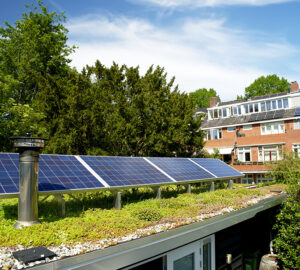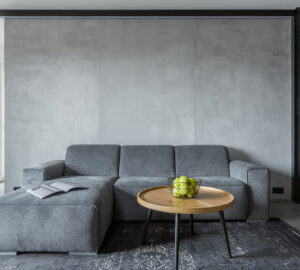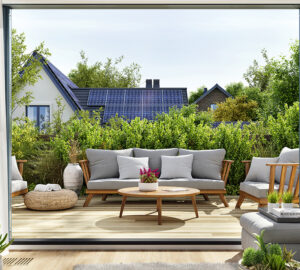
Architecture is driving innovation and changing the way buildings and structures are designed and built.
3D modeling, sustainable design, prefabricated materials, drones, and a host of other technologies are creating a paradigm shift in the field. Greater collaboration is resulting in less of a divide between the public and private space where it comes to building.
What was once viewed as “flamboyant” and out of this world, as with the case of modern Chinese architecture, is now being embraced as an innovative way to meet the needs of a growing population and limited land resources and space.
Here is a look at some of the biggest current trends in architecture. They include how architects works with other parties (contractors, owners, etc.) in the outcome of their projects; the partnership between private dwellings and public needs; commercial viability of Chinese architecture; and the inclusion of different external materials as unique design elements.
A look will also be cast toward the future of architecture based on the evolution of these current trends.
The Collaborative Architect
Architecture can no longer take place in a vacuum. Architects are finding that in order to meet the needs of an increasingly urban population, they must embrace professionals from disciplines outside of building and design.
Broad design teams are being created to include social anthropologists, and environmental scientists are interested in not only the aesthetics of a structure but also how a structure interacts with societies and the environment.
Private-Public Partnerships to Meet Public Needs
Placing a new building in the middle of a community may increase property values, but it may also present a barrier to access for those impacted by its installation.
A current trend that is taking place in countries like Sweden look to carve out public functions within a private structure, such as a public access recycling facility within a private high-rise apartment building.
The Commercial Viability of Chinese Architecture
Chinese architecture today is appreciated for its innovation and creativity. Take for example the Phoenix Towers planned for development on an island in Wuhan, China.
The massive, pink, $1.2b towers will be powered by renewable energy sources, including wind turbines and hydrogen fuel cells. Today, the marriage of form and function allows architects to create designs that are sophisticated, elevated and designed to address the needs of country’s growing urban population.
Unique Materials as Design Elements
Lightweight materials are being used to create sculptural forms for commercial buildings in China and elsewhere. The interplay and use of light, materials, vegetation and other natural elements for exterior, interior and adaptive design is creating buildings that are a more organic extension of their surroundings.
The Future of Design
Current architectural trends include greater collaborative efforts, public-private partnerships to bring the community inside private buildings, greater commercial viability of innovative structures and the multi-purposing of nontraditional materials.
These trends appear to be influencing the needs of the next generation (Generation Y) who will impact future buying power.
A greater reliance on connectivity, driven by a need to travel less distances to work and shop (sustainability), will create a balance between preserving the environment and meeting human needs.
The trends aforementioned will drive the smart city design of the future.
Main Image Source









